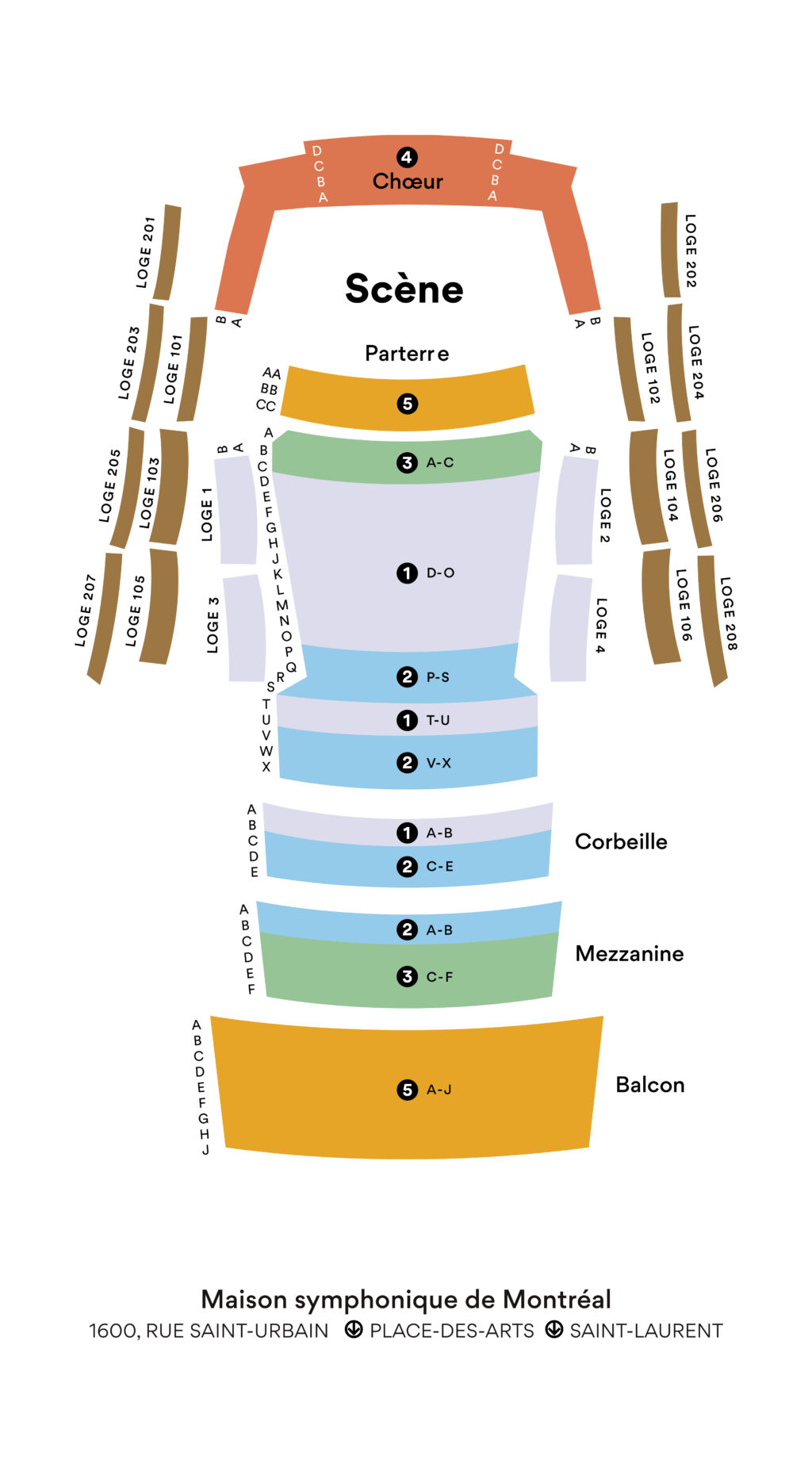Knoxville: Summer of 1915
Barber
1910 – 1981
“I think I must have composed Knoxville within a few days… You see, it expresses a child’s feelings of loneliness, wonder and lack of identity in that marginal world between twilight and sleep.” – Samuel Barber
Born into comfortable surroundings in West Chester, Pennsylvania, in 1910, the young Samuel Barber was fascinated by the art of a maternal aunt, a contralto with the Metropolitan Opera, and her husband, a songwriter, who would long provide him with valuable advice. After privately studying piano and organ, the gifted student attended Philadelphia’s Curtis Institute of Music from 1924 to 1932, where he enjoyed his first successes as a composer. Winning the American Rome Prize, he travelled to Europe in the mid-1930s for his first extended stay, familiarizing himself with the latest trends. Yet “his music retained a fundametally classical dimension always at the service of the most direct expression” (Alain Poirier).
In 1947, on a commission from soprano Eleanor Sterber, Barber composed his “lyric rhapsody” Knoxville: Summer of 1915, setting extracts of a prose poem by James Agee (1909-1955). Written in 1938, the text conveys the impressions of a young boy (the author, already thoughtful for a child his age) during a summer evening in Knoxville, Tennessee, shortly after the turn of the century. In a gently nostalgic atmosphere, the child recalls sights, sounds and smells, members of his family and his feeling of lonliness; Agee would lose his father the following year, which shattered his world, and he later made the poem the preamble to his 1957 novel A Death in the Family.
To judge from the quality of his setting, Barber was deeply affected by the subject and evocative power of Agee’s poem. In lush, wind-dominated sonorities, he superbly depicts the reverie of memory, combining musical images that bring it to life: the descending night, the muted atmosphere of a summer sunset, the quiet conversations, a passing streetcar with its clatter, lights, movement and the crackling spark that powers it along. Later, when the text mentions the father, the music breifly imagines his impending death, before the child’s final thoughts about who he is bring the piece to a close with a return to the initial dreamlike atmosphere.
© François Filiatrault 2023
Translation © Craig Schweickert
